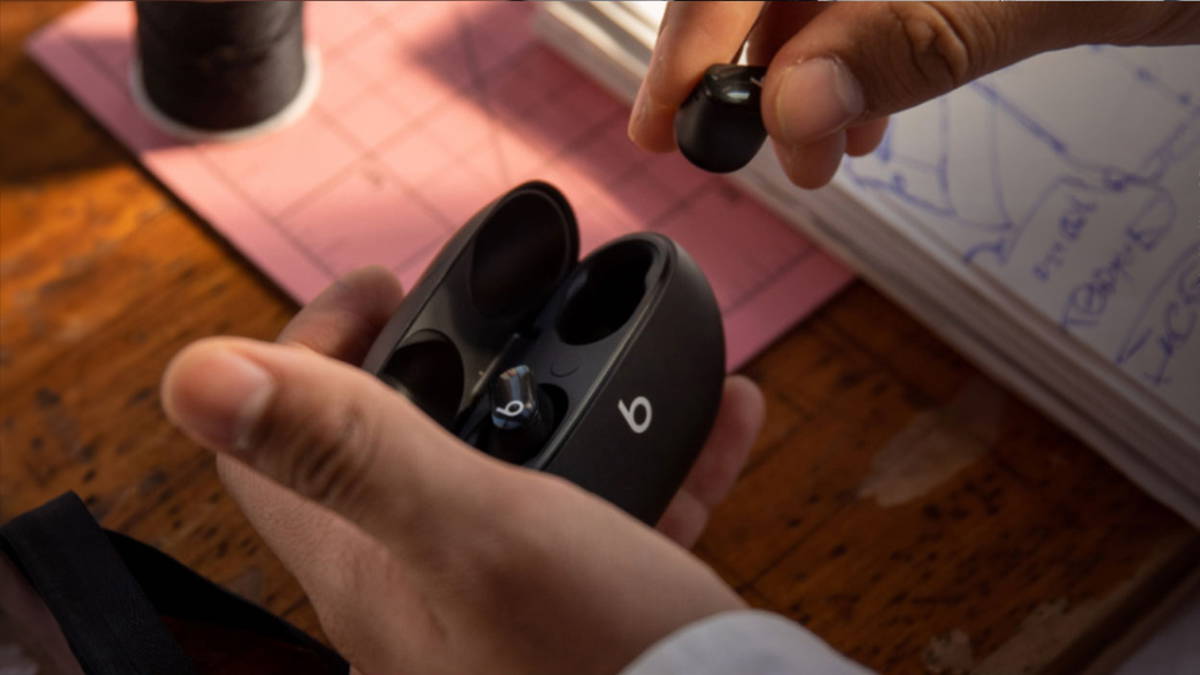It is common to think that a Mac computer does not need to be turned off. For this reason, while Windows computer users turn them off when they’re done using them, those with Macs tend to leave them on indefinitely.
Many Mac users engage in this behavior because they want to pick up where they left off, but also because experience has shown that Macs tend to tolerate this type of behavior, likely because Apple designed macOS and Macs to be very good in terms of performance. power consumption and performance. But is it really a good idea?
Each user has three options when they are done using the computer for the day: leave it on, put it to sleep, or turn it off. What is the best option?
Should I turn off my Mac or my MacBook?
Over time, processes and applications can clog up RAM and cause a slight drop in performance, especially on older Macs. Therefore, if a few days have passed since you turned off your Mac, you may feel that your Mac is slowing down or not performing optimally.
You can remedy this by closing and restarting apps, closing some of those many browser tabs you have open, or restarting your Mac.
macOS does a good job of managing memory usage, but sometimes the only way to give your device the clean slate it needs is to shut it down and restart it once more. This will clear your RAM and allow some processes that may have been stuck to restart.
It’s also true that some updates can’t be applied until your Mac restarts. Therefore, turning your Mac off and back on once in a while will ensure that everything is working as it should.
But how often should it be turned off?
Should I turn off my Mac at night?
Shutting down your Mac every night will probably do no more than save everything you were working on at the end of the day by le aving it turned on. However, it’s a good idea to restart your Mac every few days, so if a few times a week you can finish the things you’re working on before the end of the day so you can shut down your Mac, your Mac will thank you. you.
You might also be interested in this article on how to measure your Mac’s speed and performance.
Is it better to put my Mac to sleep rather than shut it down?
When put to sleep, your Mac uses a reduced amount of power and can “wake up” much faster than the time it takes to turn on a Mac that has been turned off. In fact, new Macs with any variant of Apple’s M1 processor wake up almost instantly due to system configuration, making it an even more tempting option.
As a general rule, if you’ll only be away from your Mac for an hour or two, or even overnight, letting it sleep is probably the best approach. If it’s a longer period, it’s best to turn it off, for the reasons discussed in the next section.
In fact, you can consume more energy by turning your computer off and on again than by leaving it in sleep mode.
If you’re worried about the power consumption of an iMac or MacBook, don’t be; it’s really minimal when the screen is off and the Mac goes to sleep.
Laptops consume very little power when stopped and idle. 0.21W standby on a MacBook Air M1 will be 0.77kWh in a year if it’s idle for 10 hours every night instead of being turned off.
An iMac consumes a bit more power both off and idle, but 1.36W at idle is still low. 10 hours of rest every night translates into 5kWh of energy consumption in a year.
Of course, if you’re worried about your Mac’s resource consumption, turn it off when you go to bed.
How to Shut Down a Mac
To shut down your Mac, follow these steps:
- Click on the Apple icon at the top left of the screen.
- Then select “Stop” from the menu.

Some people object to the shutdown, saying the cooling and overheating of components that occurs when computers turn on and off can be harmful, but we believe Macs are designed to be more rugged that.
If you’re only away from your Mac for a short time and you know your Mac is in a safe environment, we recommend leaving it on, but overnight you’ll probably want to compromise by leaving it on. putting it on standby or turning it off. down completely. .
How to Put a Mac to Sleep
To put a Mac to sleep, follow these steps:
- Click on the Apple icon at the top left of the screen.
- Select “Sleep” from the menu.
You can also schedule your Mac to go to sleep after a set period of inactivity, which is useful if you’re often away from your Mac in an office environment and want to protect your work from prying eyes. It’s also useful if at the end of the day you forget to do it manually. Also, it will save your battery if you are working on a MacBook.
To set a Mac to sleep automatically, follow these steps:
- Open ‘System Preferences’.
- Click on ‘Energy saving’. You’ll see two options at the top of the window (Battery and Power Adapter) or just “Power Adapter” on iMacs and Mac minis because they don’t have a battery.
- You’ll see a slider at the top that lets you set how long your Mac should be idle before the screen turns off. Choose a reasonable length, because 2 minutes will be very boring if you think about things while you write a document or a presentation.
- Next, make sure the Prevent the computer from automatically going to sleep when the screen is off box is unchecked.
There you will find other options to adapt the behavior of your Mac, such as putting hard disks to sleep, and we recommend that you activate all of them.
How to Schedule When Your Mac Goes to Sleep or Shuts Down
Instead of relying on the display method mentioned above or your own memory, you can also set specific times when your Mac will sleep or shut down and wake up again.
This can be a useful way to mark the end of the working day and then get your machine ready when you arrive for the morning shift.
Follow these steps to do so:
- Open ‘System Preferences > Energy Saving’.
- Click the “Schedule” button in the lower right corner.
- You can now click the “Start or Wake” box to choose when your Mac is ready for action (weekdays, weekends, daily, or select days).
- Below you will see another box with Sleep next to it. Select it.
- Click on ‘Sleep’ to open the other options, which are ‘Restart and Shut down’.
- Now set the time you want your Mac to restart, and when you’re happy with the time, click “OK” to get it started.
One thing you need to remember is that running apps will often prevent macOS from shutting down, because the operating system doesn’t want you to accidentally lose important work that might not be saved.
To make sure Auto Shutdown works, you’ll need to shut everything down when you’re done using your Mac.
How long is too long to leave a Mac off?
If you plan to store your Mac for an extended period of time, Apple recommends that you do not leave the battery fully charged (100%) or fully discharged (0%).
If stored fully charged for a long time, the battery may lose some of its capacity, which may shorten its life. If stored fully discharged, the battery may fall into a deep discharge state, rendering it unable to hold a charge.
Applications that improve performance and clean RAM
If the main reason your Mac is shutting down is to improve performance, you might as well consider a Software cleaner for Mac that can keep things clean automatically and prevent apps from hogging your resources.
We’ve had good experiences with Nektony’s Mac Cleaner Pro ($44.95) and MacPaw’s CleanMyMac X ($34.95), but you’ll find other great options in our roundup of the best cleaners and cleaners. Mac optimization.
We also have these tips for freeing up your Mac’s RAM. There are great apps out there that can clean up your RAM without shutting down your Mac. One option is Parallels Toolbox, which includes over 30 tools, one of which is a handy tool. free memory. You can get a 7-day free trial after which it will cost you $19.99 per year.
Table of Contents








